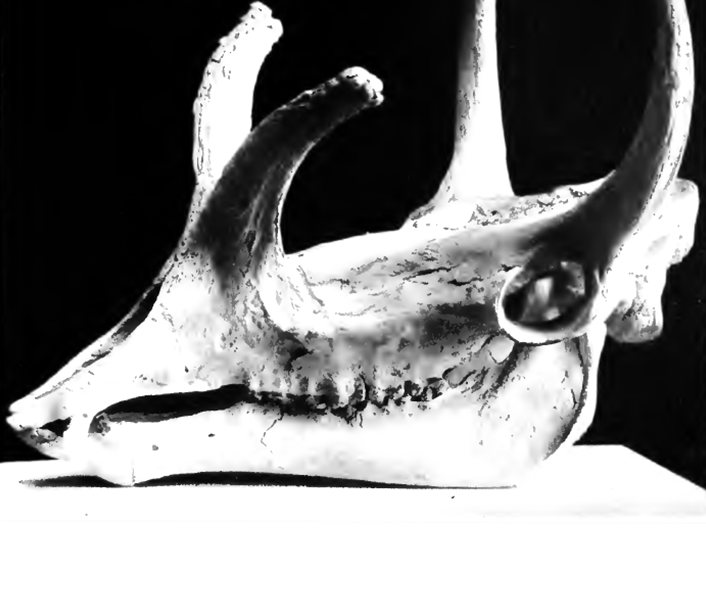<![CDATA[According to a new study that was published in the Proceedings of the National Academy of Sciences, a number of creatures that have been depicted in Ancient Egyptian artifacts have helped scientists to create a record of mammal extinctions that date back to 6000 years. The study might not offer comprehensive proof that population pressures and droughts forced these animals away, but they do depict an interesting pattern. There might have been a time when the extinction of a herbivore might not have been a major deal because there were a number of other herbivores to feed on. However, now the number of mammals left in the area are so few that the loss of any one species can have a huge impact on the remaining ones. A Santa Fe Institute biologist Justin Yeakel states that this study has offered the world with a unique opportunity by taking advantage of archaeological records, paleontological records as well as human observations. A University of California wildlife ecologist Justin Brashares states that this combination of the environmental history, the ecological modelling and the artistic history helps us to understand the processes by which the human society simplified the ecosystem in the area. Egypt was believed to be much wetter than what it is today about 6000 years ago. It was home to as many as 37 mammal species such as elephants, lions, hartebeests, wildebeests, giraffes, hyenas and wild dogs. However, as of today, only 8 major mammal species exist in the region. A total of five different periods of Egypt have been identified in which the mammal community of Egypt dramatically changed. Three of these periods coincide with droughts and human collapses. However, there is one period that dates back to just 100 years ago. It coincides with industrialization and population growth. The question that begs to be answered is that if so much of destruction has been caused in the last 5000 years, where will the next 5000 years leave us. The Nile River Valley is extremely sensitive to population pressure and drought because it is the main source of water for the entire region. It is not only a lifeline for animals and plants, but also the main source of irrigated agriculture for humans. The limitations in terms of space simply make things even more difficult. The loss of mammal populations has made the remaining ones extremely sensitive to their natural surroundings and any further disturbances. However, humans havent managed to escape the equation either. Human societies have also become extremely sensitive to changes in their natural surroundings. Yeakel states that the main goal of this study was to try and compare how a modern day community functions with the functioning of the communities of yesteryears. This should help experts determine what lies in store for the area in the future. One of the key findings of the study is believed to be the fact that humans were actually responsible for setting the destabilization of the entire ecosystem into motion. This resulted in the complete collapse of numerous species from the area. Scientists also observe that similar effects would be seen once more in the future as a result of the human activities today. This once again leads us to the question that begs to be answered, if so much of destruction has been caused in the last 5000 years, where will the next 5000 years leave us. ]]>
Ancient Egyptian Artifacts Offer Insights on Mammal Extinctions
